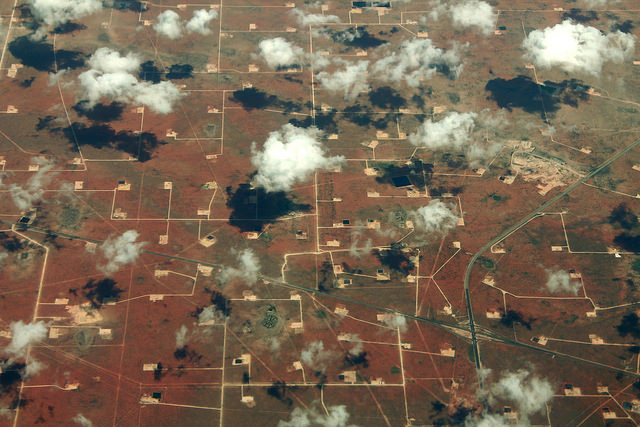This past December, the Organization of Petroleum Exporting Countries (OPEC) agreed to cut crude oil production for the first time in eight years. Their goal was to bring oil inventories worldwide back to levels that will make it profitable for members to tap their wells.
Despite these production cuts, the current global oil inventory is still nearly 300 million barrels above the average for the past five years. The cuts expire in June and it’s almost inevitable that OPEC will extend them.
“It seems that they are by no means on target to reduce [these cuts], because of two factors,” said Matt Smith, the director of commodity research at ClipperData.
The first factor, Smith says, is that U.S. production, including in Texas’ Permian Basin, has been on the rise.
“We’ve seen [the oil rig count] triple in the Permian Basin,” Smith says.
Smith says some OPEC members have also not fully complied with the cuts.
What you’ll hear in this segment:
- Which OPEC members are not complying with the cuts
- What effect does OPEC’s strategy have on Texas oil production
- What impact does all of this have on U.S. consumers
Written by Molly Smith
















